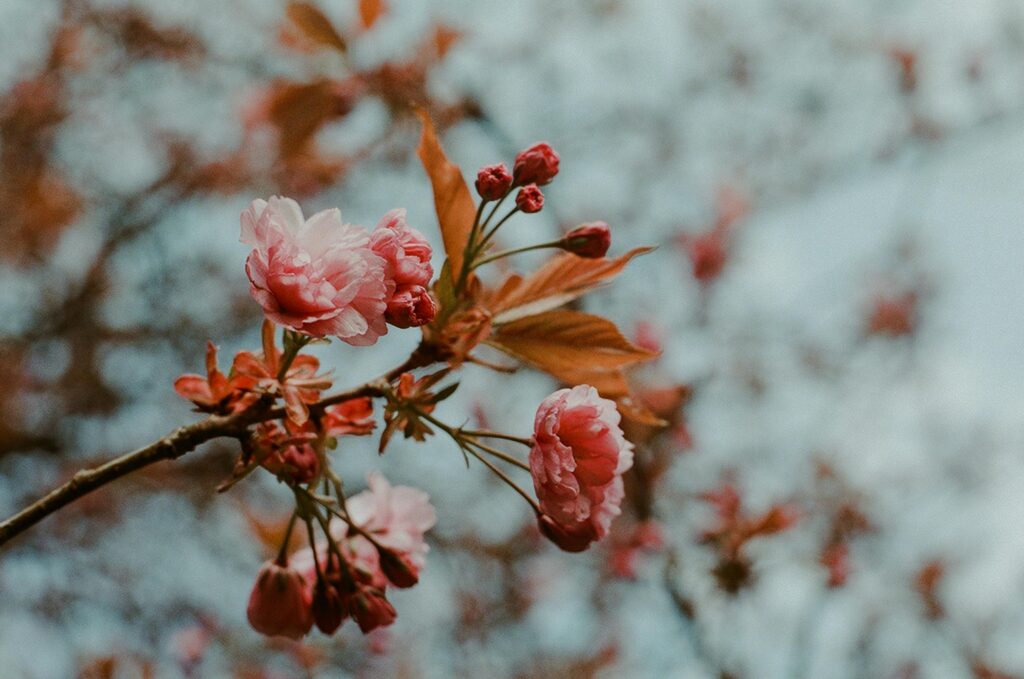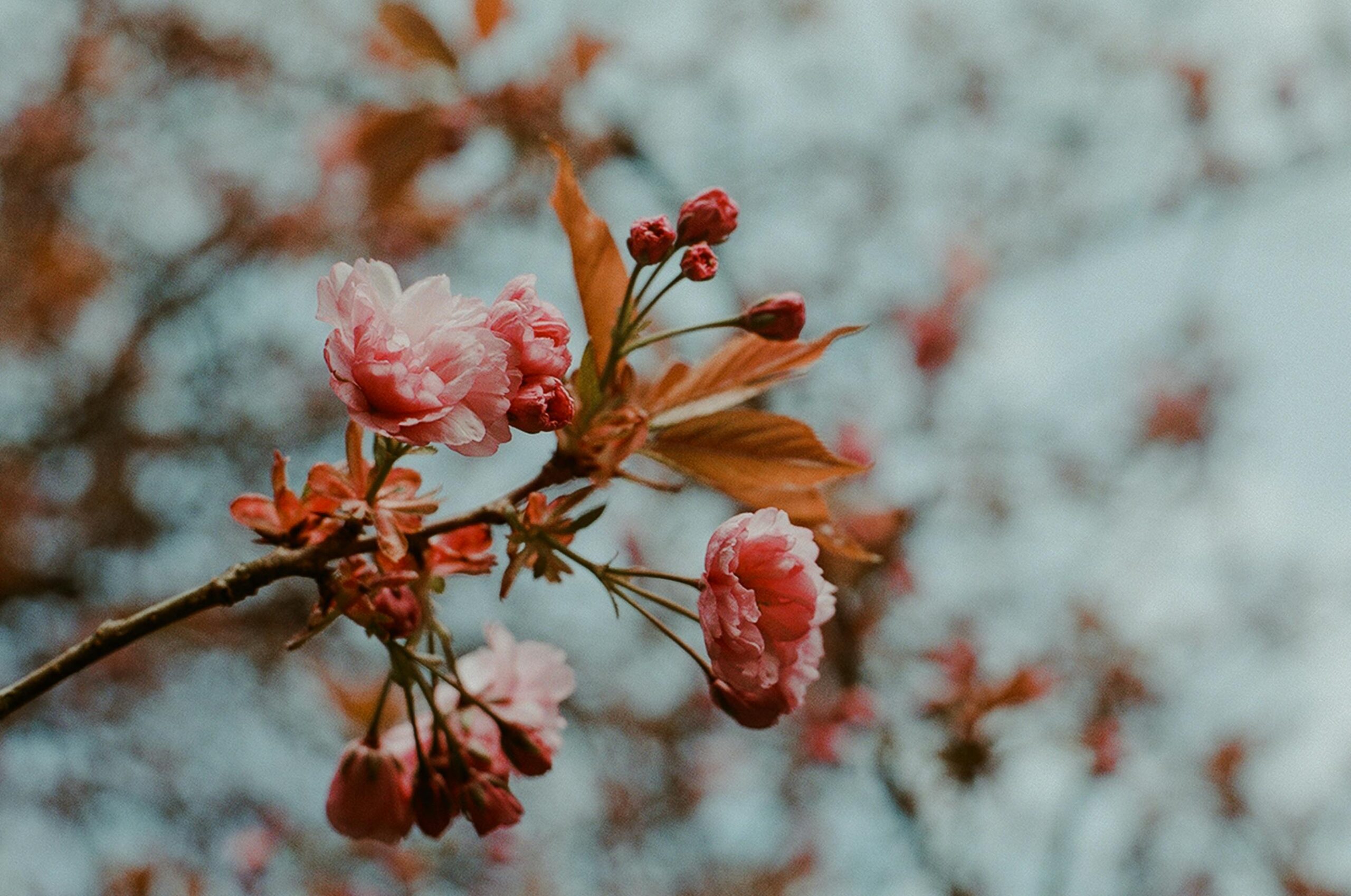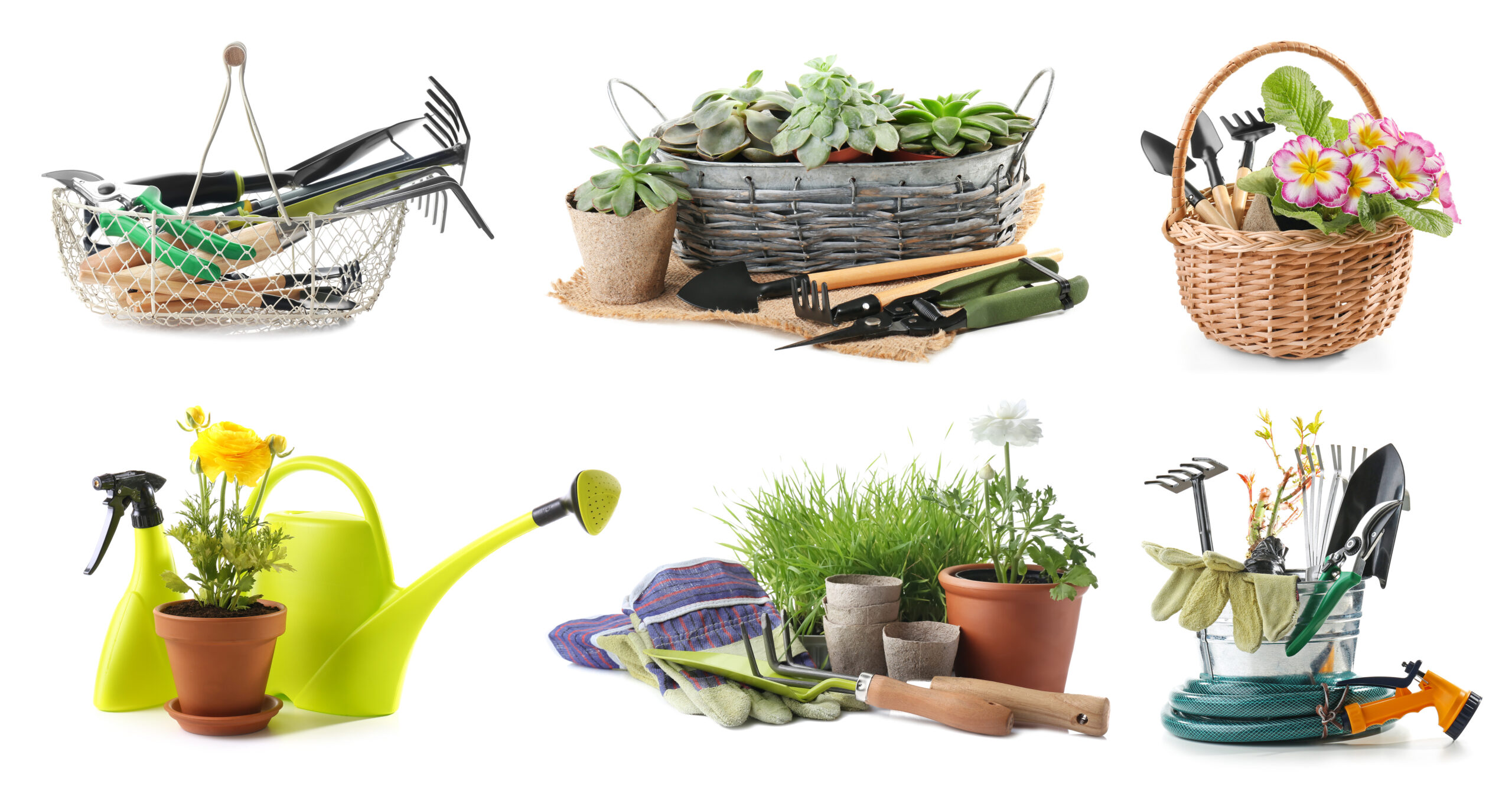
Understanding Your Plants’ Needs
As the seasons change, so do the needs of your indoor garden. Many houseplants are native to climates where temperatures and humidity levels remain relatively constant year-round. However, winter in many regions brings cooler temperatures, lower humidity, and reduced light levels, all of which can impact the health of your indoor plants. Recognizing these changing conditions and adjusting your care routine accordingly can help ensure your plants remain healthy and vibrant through the winter months.
Adjusting Watering Routines
During winter, the reduced light and cooler temperatures mean that most indoor plants will require less water than they do in the warmer, brighter months. Overwatering can lead to root rot and other issues, especially when the plant’s growth slows down, and its water needs decrease. Before watering, check the soil moisture by feeling the top inch of soil; if it’s dry, your plant is ready for water. Also, consider the pot size, material, and the plant’s specific water needs when adjusting your watering schedule for the winter.
Maximizing Light Exposure
With shorter days and the sun sitting lower in the sky, maximizing light exposure becomes crucial for indoor plants during winter. Move plants closer to windows or into sunnier spots to ensure they receive as much natural light as possible. However, be wary of cold drafts that can stress plants, especially tropical varieties. Cleaning windows and wiping dust off leaves can also increase light absorption. If natural light is insufficient, consider using grow lights to supplement daylight, mimicking the optimal conditions for photosynthesis and growth.
Increasing Humidity Levels
Indoor heating systems can significantly reduce humidity levels during winter, creating a dry environment that many houseplants find stressful. To increase humidity around your plants, use a humidifier or place water trays near heating sources to evaporate moisture into the air. Grouping plants together can also help create a microclimate with higher humidity. Alternatively, placing plants in naturally humid rooms, like kitchens or bathrooms, can provide them with the moisture they crave.
Reducing Fertilization
As most indoor plants enter a dormant or slow-growth phase during winter, their need for fertilization decreases. Continuing to fertilize as you would during the growing season can lead to nutrient build-up in the soil, potentially harming your plants. It’s best to reduce fertilization or pause it altogether during the winter months, resuming once signs of new growth appear in the spring, indicating the plant is exiting its dormant phase and ready to use the extra nutrients.
Pest Surveillance and Control
Pests can become a more significant issue in winter as outdoor insects seek shelter and houseplants become stressed, making them more susceptible to infestations. Regularly inspect your plants for signs of pests, such as discolored leaves, sticky residue, or the insects themselves. Keep plants clean by wiping leaves and pruning any dead or dying foliage where pests can hide. If pests are detected, isolate affected plants and treat them promptly with insecticidal soap, neem oil, or other suitable treatments.
Pruning and Cleaning
Winter is an excellent time to prune and clean your indoor plants, preparing them for a burst of growth in the spring. Remove dead or yellowing leaves and trim back any leggy growth to encourage bushier, healthier plants. Cleaning the leaves of larger plants with a damp cloth not only makes them more attractive but also improves their ability to photosynthesize efficiently, essential during the darker months.
Acclimating Plants for Spring
As winter fades and signs of spring begin to appear, gradually acclimate your plants to the changing conditions. This might involve adjusting their position to account for the increasing light and slowly resuming a more frequent watering and fertilization schedule. Pay attention to each plant’s response to these changes, as some may require more time to adjust than others.
Preparing your indoor garden for winter involves understanding and adapting to the seasonal changes that impact plant health. By adjusting care routines to meet the specific needs of your plants during the colder months, you can ensure they stay healthy and vibrant, ready to thrive once again in the spring.



